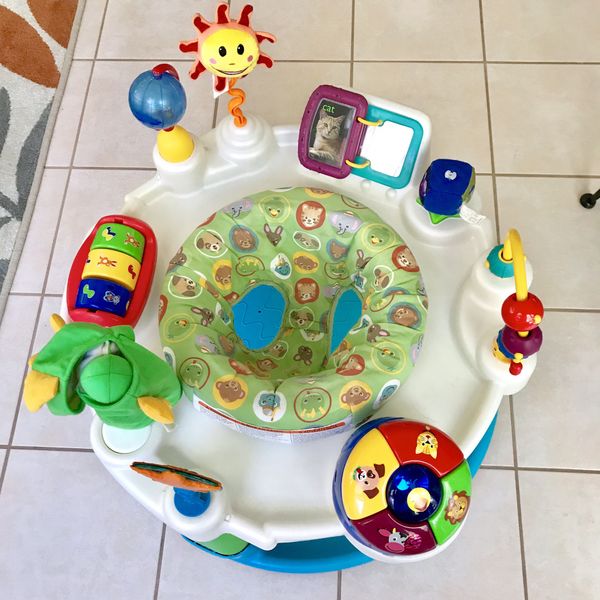

Baby equipment and movementīaby equipment like highchairs, car seats, strollers, cots and playpens are all useful, but they can restrict some of your baby’s movements. When you make your home safe, your baby can play without hurting herself. It’s normal for babies to sometimes get a few small bumps and bruises when they play. And when your baby spends time just looking at things like colourful books or pictures, it helps him get better at moving his eyes.Ĭurrent national and international guidelines recommend that children under two years don’t have screen time other than video-chatting with people they know, like grandparents.īabies learn how things work and what they can do by practising and making mistakes. For example, picking up small objects or putting pegs into a bucket is good for practising small finger movements.

Quiet, gentle activities are also important, especially for developing your baby’s fine motor skills. Make tunnels out of chairs or cardboard boxes for your baby to enjoy crawling and moving through.


If the wagon goes too fast, put some heavy books or a bag of rice in it to slow it down.
If your baby can stand with support, try push-and-pull toys like block wagons. Place some toys on the ground in front of your standing baby so she has to squat to pick them up. Encourage your baby to squat from standing. Make sure that your furniture is sturdy and won’t fall over. Sit him near furniture and encourage him to pull himself up. This encourages your baby to follow the toy with her eyes, reach for it and grasp it. Sit and support your baby upright on the floor, and move a ball or toy in front of her. Give your baby wooden spoons to bang on pots and pans, or sealed containers with beads inside to shake. You can also use simple toys like rattles to encourage touching and holding. Place toys just out of your baby’s reach to encourage reaching and moving. Place your baby on his tummy to play for short periods several times a day.īabies aged 6-12 months might like the following activities:. Encourage your baby to move to music and sound by singing songs and rhymes or shaking rattles. Play ideas to encourage movementįrom 0-6 months, you could try the following ideas: If your baby just doesn’t like tummy time or keeps being sick, it’s a good idea to see your child and family health nurse or GP for a check-up. When your baby gets tired, roll her onto her back for a break before trying again. Tummy time can be tiring, especially for young babies. You can start with 1-2 minutes of tummy time, and build up to 5-10 minutes a few times a day as your baby gets used to it. Try doing tummy time on a range of surfaces, like on carpet indoors or on a blanket outside. Let him know you’re there by singing, talking, stroking his back or tickling his hands. You could also get down on the floor with your baby. This position also lets your baby see your face. This puts less pressure on your baby’s tummy and can help with problems like reflux. If this sounds like your little one, try tummy time on your chest or across your lap. Doing tummy time from soon after birth helps your baby build neck, head and upper body strength to crawl and pull to stand when he’s older.Īt first, your baby might not like tummy time – it might make your baby vomit or she might miss seeing you when she’s on her tummy. Tummy time is time your baby spends on his stomach while he’s awake. You can find out what to expect each month in our Baby development tracker. The key moments in baby development generally happen in the same order, but when they happen might vary from child to child. move from a sitting position onto her tummy and back again. sit by herself and reach for toys without falling. roll from tummy to back and back to tummy. Other things your baby might do at this age are: When they’re ready, they might even try to crawl. When babies lie on their tummies, they can reach for toys and move around in a circle. try rolling from tummy to back and back to tummy.īy 6-9 months, many babies like lying on their tummies rather than on their backs. bring her hands to her mouth and reach for her legs and toys when lying on her back. reach for toys and roll on to her back during tummy time. You can also give your baby lots of praise and encouragement as he learns more physical skills. Playing and moving with your baby is a great way to bond with your baby. You’re the thing that interests your baby most. strengthen muscles for movements like rolling, crawling and pulling to stand. strengthen the neck and upper body muscles that she needs to hold her head up and move around. Getting your baby moving through play is good for all areas of his development, especially his motor skills development. Baby play: why it’s important for movement and motor skills development








 0 kommentar(er)
0 kommentar(er)
